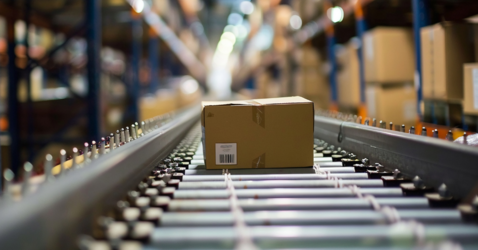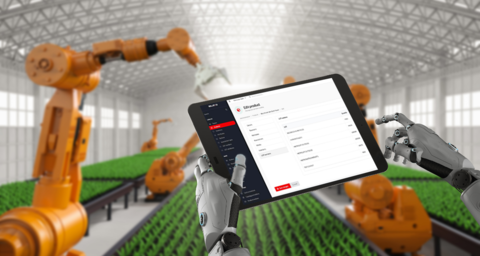We live in an automation era. You can't buy a new car without the help of automation, your groceries are delivered by automation. But what about your business? The majority of businesses still operate so much of their daily operation on manual labour, which is inefficient and unsustainable, and most of all not competitive. Automation can be used for business growth -- from managing inventory to sales and customer service, from warehouse transfers to vendor payment automation!
We live in an automation era. You can't buy a new car without the help of automation, your groceries are delivered by automation. But what about your business? The majority of businesses still operate on manual labour, which is inefficient and unsustainable, and most of all not competitive. We will walk through how automation can be used for business growth - from managing inventory to customer service!
Inventory Management
One of the key areas where automation can be used for growth is inventory management. Automated systems can keep track of stock levels and trigger orders when stocks fall below a certain level, meaning that businesses don't have to worry about running out of stock or overstocking. This also helps to prevent inventory from becoming obsolete, as it can be automatically updated and ordered when stock falls below a certain level.
Customer Service
Automation can also be used to improve customer service. Automated chatbots can take on the role of customer service reps, handling common enquiries and freeing up human employees to deal with more complex issues. This not only improves customer satisfaction but also frees up employees to work on other tasks.
automation will take many different forms, from automating simple tasks like customer service and inventory management, through to more complex roles such as marketing planning or sales
Shipping and Delivery
Automation is very often used for shipping and delivery, handling order processing, packing, and shipping, warehouse locations and transfer, meaning that businesses don't have to worry about choosing the best courier or hiring new employees. This automation software can also be integrated with other business systems such as customer relationship management (CRM) systems so that there's less chance of human error. This not only saves money but also improves customer satisfaction as orders are processed more quickly and accurately.
Properly used, automation is very beneficial, and not at all bad, for jobs. Jobs that are repetitive and have a set of defined instructions can be replaced with automation. The human employee is then free to work on more important tasks, or tasks that need creativity and problem solving skills. In fact, the implementation of automation in these areas often leads to new positions being created as the business grows.
Some analysts believe automation is going to become an even bigger part of our lives in the coming years, with some predicting that automation could replace up to 50% of jobs by 2035. This automation will take many different forms, from automating simple tasks like customer service and inventory management, through to more complex roles such as marketing planning or sales.
Staff shortages are not going to get easier to fill. With automation, businesses can get the most out of their employees by freeing them up to do the work that only humans can do. Automation is not going to replace employees but it will help to manage and optimize employee tasks, meaning that businesses don't have to worry about staffing shortages.
Automation is the key to growth. By automating simple tasks, businesses can free up employees to do what only they are capable of doing - automation frees them up for more complex work or even allows them to take on new roles and responsibilities within the company.

























